Oesophageal stents are a treatment option in patients with oesophageal strictures. It is most commonly used for symptomatic relief in those with dysphagia secondary to malignancy. The stent is typically covered in nature and inserted endoscopically or fluoroscopically. The distal oesophagus is the most common site. Most stents inserted are self expandable.
On this page:
Procedure
There are several types of stents, which include self expandable stents:
ultraflex stent
wall stent
Z stent
Complications
Complications associated with stents include:
pain
bleeding: a small amount of haematemesis can be common, especially with self expandable metal stents 2
stent slippage/migration
tumour overgrowth
oesophageal perforation (rarely)
History and etymology
Somewhat surprisingly the word 'stent' is actually an eponym, originally named after Charles Stent (1807-1885), a largely-forgotten British dentist. He invented an improved material for forming dental impressions, and set up a company to manufacture it. During the Great War, J F Esser, a Dutch surgeon used a mould of Stent's Compound as a fixative for skin grafting in injured infantrymen. This innovative use, was rapidly adopted into practice, and stenting as a concept rapidly segued into multiple specialties.


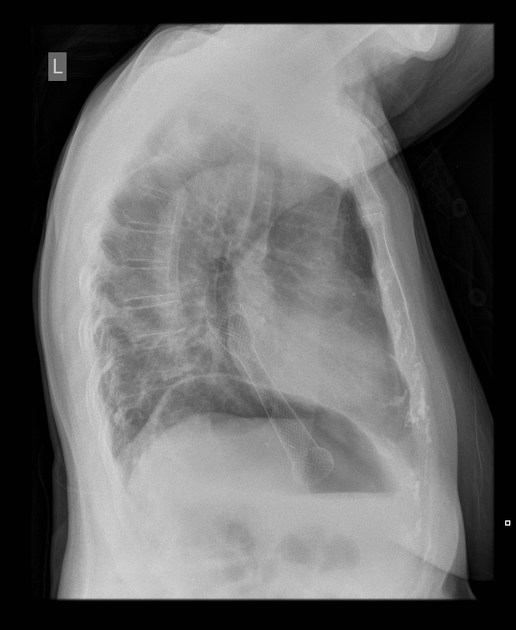
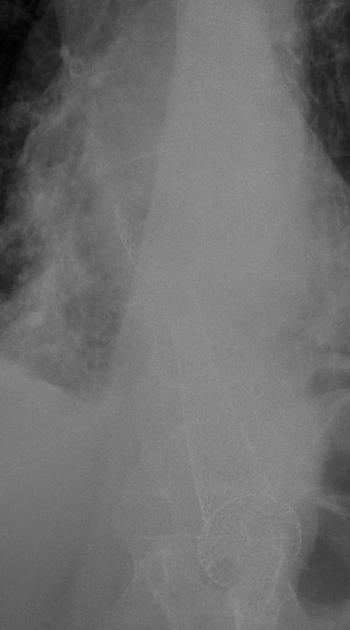
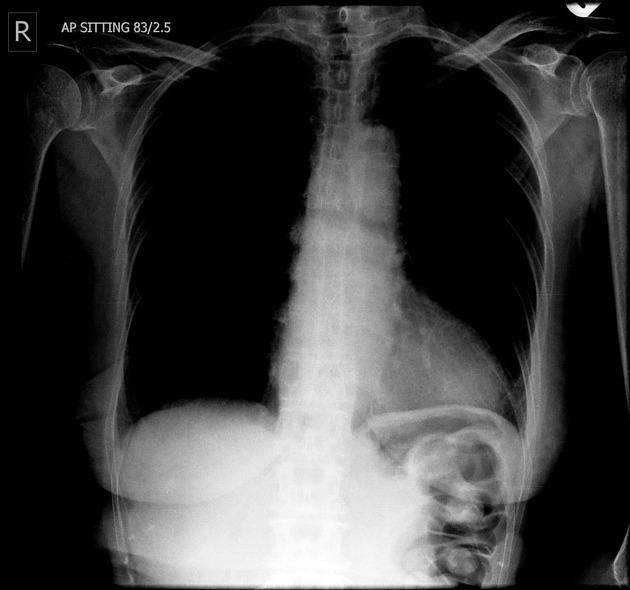
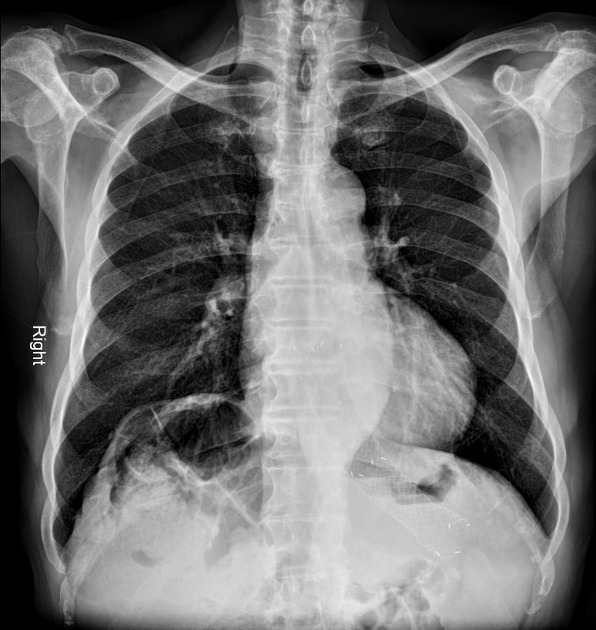
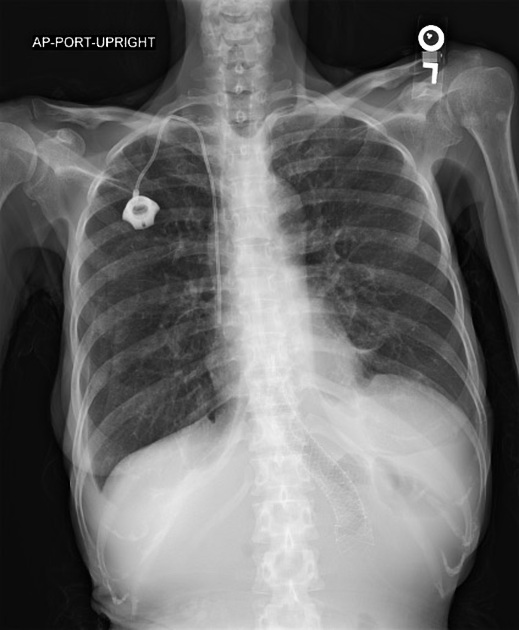
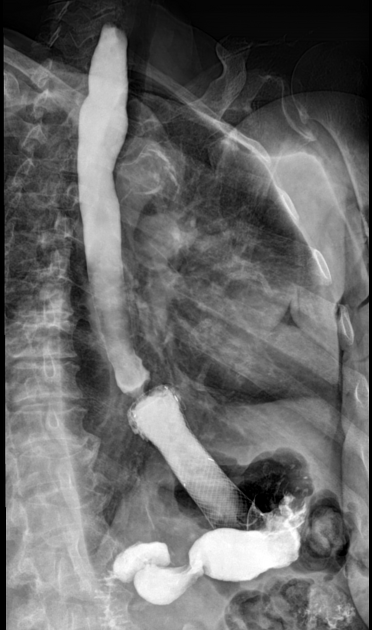



 Unable to process the form. Check for errors and try again.
Unable to process the form. Check for errors and try again.